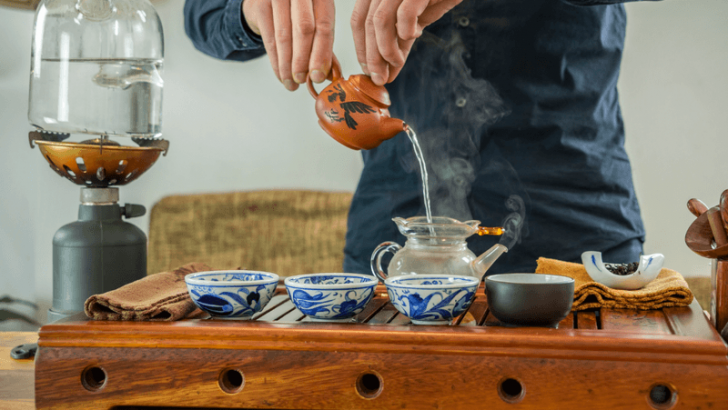Asian cuisines are celebrated for their rich flavors, diverse ingredients, and unique cooking techniques. Yet, many of the traditional food rules that have been passed down through generations are often overlooked or misunderstood outside of Asia. This post explores seven essential Asian food customs that are frequently broken, providing insight into the cultural significance behind each of these practices.
1. Slurping Noodles

In Japan, slurping noodles is not just allowed; it’s encouraged as a sign of enjoyment and appreciation. The sound indicates that the dish is being relished. However, outside of Japan, slurping is often misunderstood as impolite.
The custom stems from the belief that slurping enhances the experience, allowing you to taste the broth fully. This practice is an example of how cultural nuances can differ greatly between regions.
Next time you enjoy a bowl of ramen, embrace the tradition and savor the flavor with an enthusiastic slurp!
2. Chopsticks Etiquette
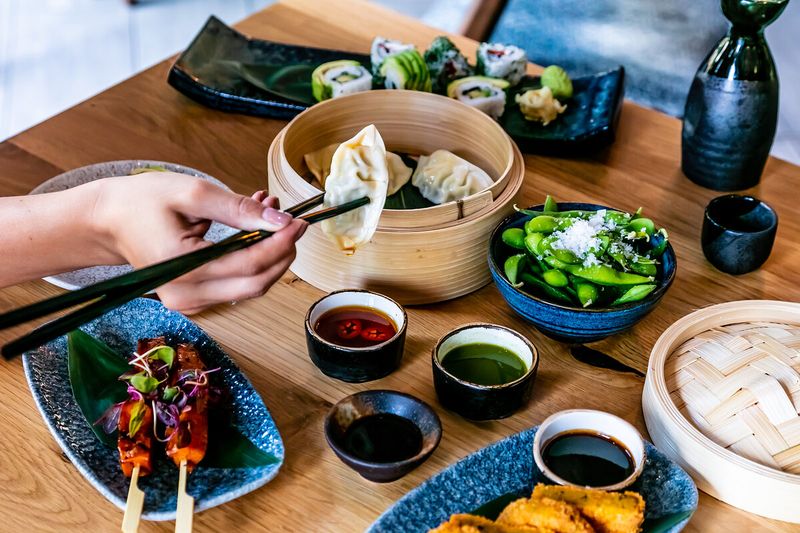
Chopsticks are more than utensils in many Asian cultures; they’re symbols of tradition and respect. Proper usage of chopsticks is an art, with numerous unwritten rules.
Placing chopsticks upright in rice is a major faux pas, as it resembles funeral incense. Similarly, passing food directly from chopsticks to chopsticks is associated with funeral rituals.
Understanding these subtle rules can deepen appreciation for Asian dining customs. So, next time you’re using chopsticks, remember their cultural significance and handle them with care.
3. Sharing is Caring

In Korean dining culture, meals are a communal experience meant for sharing. The table is often filled with banchan, or side dishes, for everyone to enjoy together.
This practice encourages a sense of community and connection among diners. However, many people from non-Asian cultures may not realize the importance of sharing each dish.
Understanding this custom can enhance the dining experience, fostering relationships and appreciation for the meal’s social aspect. Share and enjoy the diverse flavors that Korean cuisine has to offer!
4. Tea Only with Meals
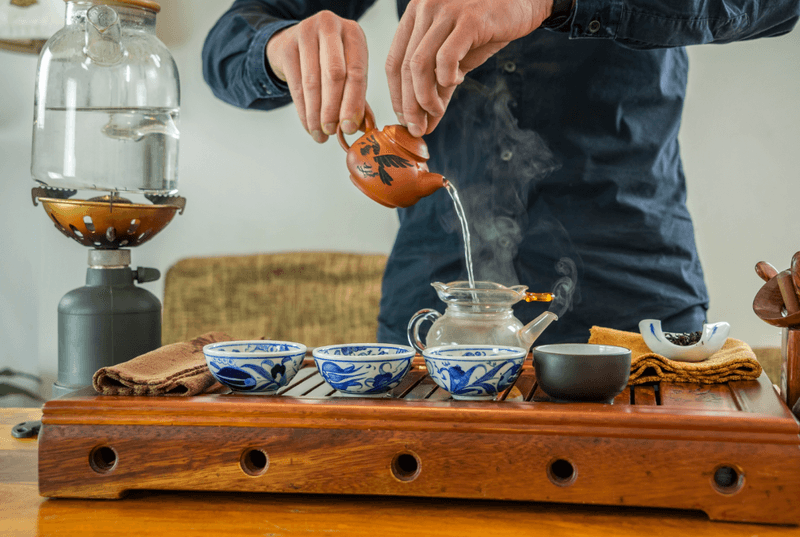
In many parts of Asia, tea is a revered beverage often served during or after meals, not typically consumed on its own. The tradition of drinking tea with food is rooted in the belief that it aids digestion and complements flavors.
In places like China, tea ceremonies are an art form, symbolizing harmony and respect. Drinking tea without a meal may overlook its traditional purpose.
By embracing tea’s role within meals, you can enjoy its full cultural and sensory experience. Try pairing your next meal with a thoughtfully prepared cup of tea.
5. Respecting Rice
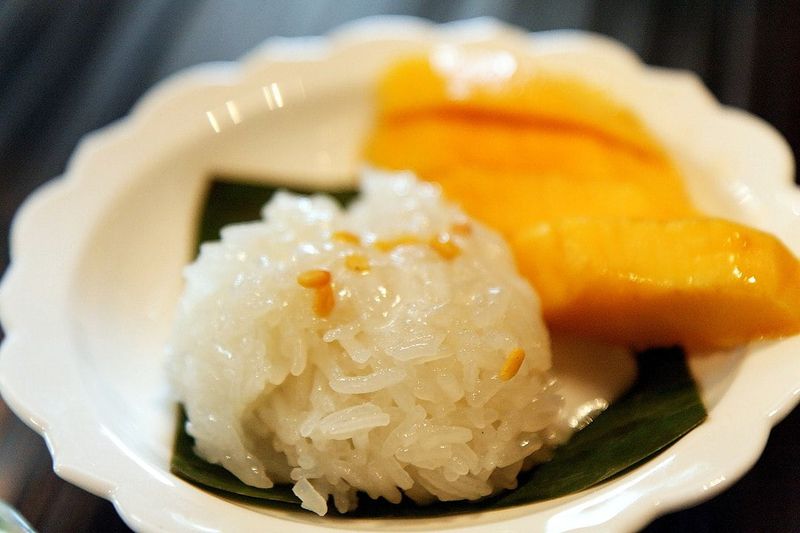
In many Asian cultures, rice is more than a staple; it’s a symbol of life and prosperity. Treating rice with respect is a cultural expectation.
Leaving rice on your plate is often seen as wasteful and disrespectful. In Thailand, finishing your rice is a way to show gratitude for the meal.
This respect for rice highlights its significance in daily life and cultural heritage. Next time you’re dining, be mindful of this precious grain’s role within the meal.
6. Balancing Flavors
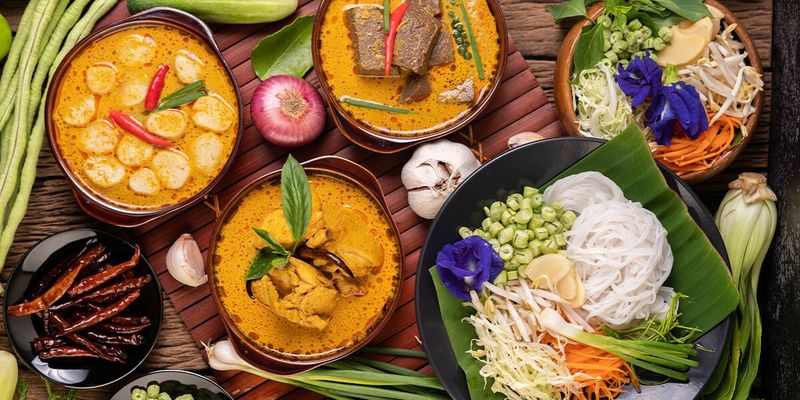
Thai cuisine is renowned for its harmonious blend of sweet, sour, salty, and spicy flavors. The balance of these tastes is essential to authentic Thai cooking.
Often, Western adaptations may alter this balance, overshadowing the intended flavor profile. Appreciating the intricate balance of Thai dishes can reveal new dimensions of taste.
Explore the dynamic flavors of Thai food by seeking authentic recipes and savoring the artful combination of tastes that define this vibrant cuisine.
7. Mindful Eating

Mindful eating is a practice deeply rooted in Buddhist traditions across Asia. It involves being fully present during meals, appreciating each bite’s texture, flavor, and aroma.
This mindfulness encourages a deeper connection to food and the act of eating itself. In fast-paced modern life, this practice is often overlooked.
By adopting mindful eating, you can cultivate a more intentional and fulfilling dining experience, honoring the cultural significance of this thoughtful approach.

Well, hello there!
My name is Jennifer. Besides being an orthodontist, I am a mother to 3 playful boys. In this motherhood journey, I can say I will never know everything. That’s why I always strive to read a lot, and that’s why I started writing about all the smithereens I came across so that you can have everything in one place! Enjoy and stay positive; you’ve got this!

